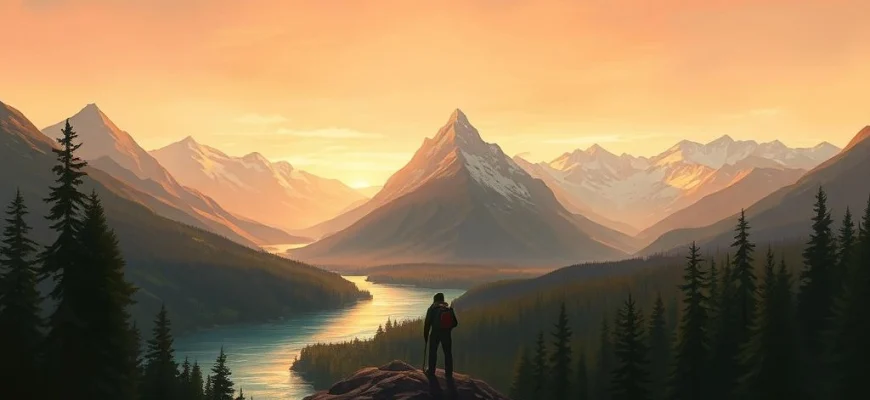If you loved 'The Wild Andes (2018)' and are craving more breathtaking adventures, heart-pounding survival stories, or stunning natural landscapes, you're in the right place. This article highlights 10 movies and shows that capture the same spirit of exploration, danger, and awe-inspiring beauty as 'The Wild Andes.' Whether you're a fan of survival dramas, documentaries, or epic journeys, these picks will keep you on the edge of your seat.
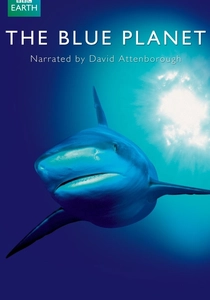
The Blue Planet (2001)
Description: This documentary series explores the vast and diverse ecosystems of the world's oceans, showcasing breathtaking underwater footage and highlighting the interconnectedness of marine life.
Fact: It was the first comprehensive series on the natural history of the world's oceans and won two Emmy Awards for Outstanding Cinematography and Outstanding Music Composition.
 Watch Now
Watch Now 
A Perfect Planet (2021)
Description: This documentary examines the forces of nature that shape Earth's ecosystems, from volcanoes to weather patterns, and how life adapts to these powerful influences.
Fact: The series highlights the impact of climate change on various species and ecosystems, blending stunning visuals with urgent environmental messages.
 Watch Now
Watch Now 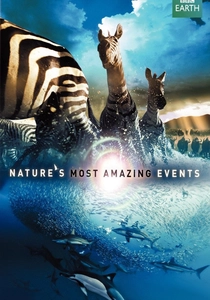
Nature's Great Events (2009)
Description: This series focuses on the most dramatic seasonal events in the natural world, from the great migration of wildebeest to the melting of Arctic ice.
Fact: The production team faced extreme conditions, including sub-zero temperatures and dangerous wildlife encounters, to capture these spectacular events.
 Watch Now
Watch Now 
Life (2009)
Description: A visually stunning documentary that delves into the extraordinary behaviors and survival strategies of various species across the globe, emphasizing the beauty and complexity of nature.
Fact: The series took four years to film and features never-before-seen animal behaviors, including the famous pebble toad rolling down a mountain to escape predators.
 Watch Now
Watch Now 
The Green Planet (2022)
Description: A groundbreaking series that explores the hidden world of plants, revealing their remarkable abilities to communicate, adapt, and survive in various environments.
Fact: The series uses time-lapse photography and advanced macro cinematography to show plants in motion, offering a new perspective on their dynamic lives.
 Watch Now
Watch Now 
Africa (2013)
Description: This series captures the diverse landscapes and wildlife of Africa, offering an intimate look at the continent's unique ecosystems and the challenges faced by its inhabitants.
Fact: The production team used cutting-edge camera technology, including gyro-stabilized cameras mounted on helicopters, to capture sweeping aerial shots of the savannah.
 Watch Now
Watch Now 
Planet Earth II (2016)
Description: A sequel to the original Planet Earth series, this documentary offers even more stunning visuals and intimate stories of wildlife, captured with the latest filming technology.
Fact: The series includes the famous scene of iguanas escaping from racer snakes, which became one of the most viral moments in nature documentary history.
 Watch Now
Watch Now 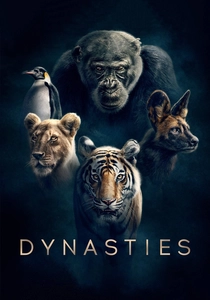
Dynasties (2018)
Description: Focusing on the lives of individual animal families, this documentary provides an in-depth look at the struggles and triumphs of wildlife leaders as they fight to protect their dynasties.
Fact: Each episode follows a different species, such as chimpanzees, lions, and tigers, and was filmed over several years to capture their full life cycles.
 Watch Now
Watch Now 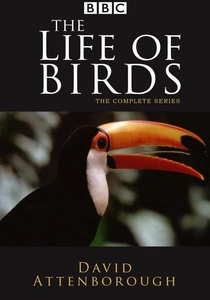
The Life of Birds (1998)
Description: An in-depth documentary that explores the fascinating behaviors and adaptations of birds, from their intricate mating rituals to their incredible migratory journeys.
Fact: The series features footage of rare and elusive bird species, some of which had never been filmed before, and took three years to complete.
 Watch Now
Watch Now 
Wild China (2008)
Description: A captivating exploration of China's diverse landscapes and wildlife, showcasing the country's rich natural heritage and the unique species that inhabit its varied regions.
Fact: The series was a co-production between the BBC and China Central Television, marking a rare collaboration between Western and Chinese broadcasters.
 Watch Now
Watch Now 
